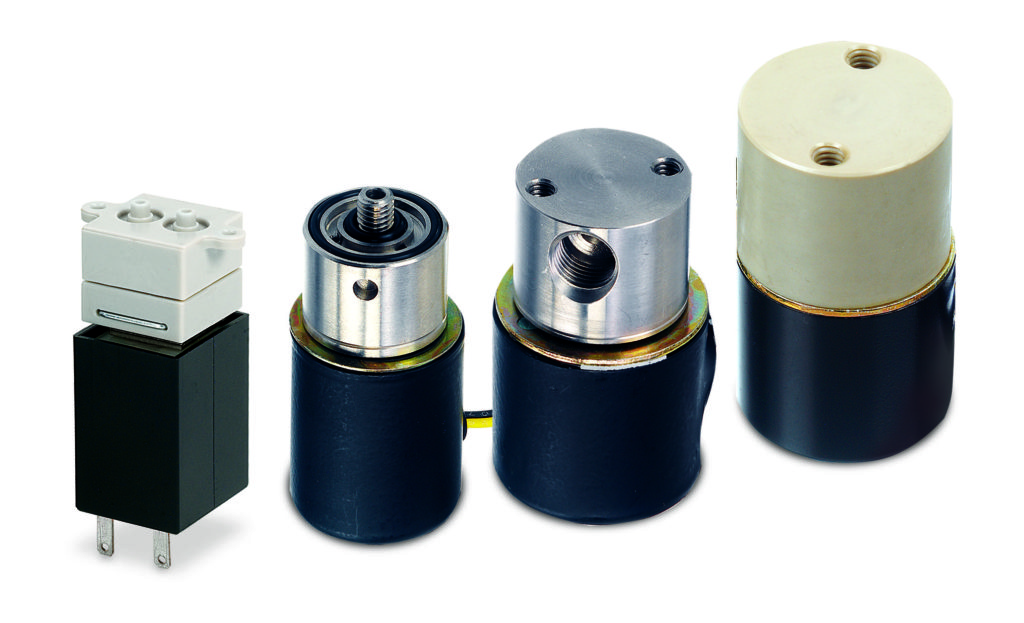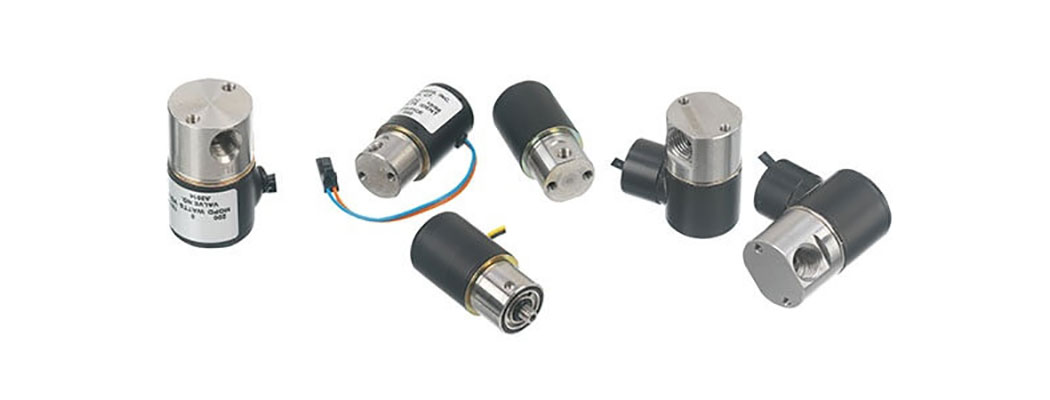Even if you’ve never actually seen a solenoid valve, you’ve definitely come into contact with a machine that relies on one. These small devices are used in everything from home heating systems to commercial car washes, swimming pools to dental equipment.
So, what is a solenoid valve? And what does a solenoid valve do? And how do solenoid valves work? The most common uses for solenoid valves are in control processes for non-viscous liquids, gases, and oils. Solenoid valves assist by controlling the on/off processes for flow or pressure.
In essence, a solenoid valve is an electromechanical-controlled valve. It gets its name from the solenoid, which is an electric coil with a moving ferromagnetic core. While there are a variety of solenoid valve types— such as 2-way normally closed, 2-way normally open, and 3-way directional miniature solenoid valves— the basic working principle of each is usually consistent.
How does a solenoid valve work?

In a 2-way direct operating solenoid valve, a plunger with a rubber seal is held against the valve’s seat by spring-based pressure. Electric currents flow through the coil to create an electromagnetic field, essentially turning it into a magnet for solenoid valve operation. The ferrous plunger gets pulled by the magnetic field. This creates an opening, through which a fluid or gas can flow. When the electro-currents stop, the valve closes.
General Purpose Solenoid Valves
Solenoid valves work through a process of release and closure. In systems dealing with the flow of gas or liquid in a pipe, for instance, solenoid valves help with dispensing. And, while general purpose valves are high adaptable, extremely durable, and can cover everything from medical equipment to food processing, sometimes a little bit more specialization is required.
View General Purpose Solenoid Valves >
Cryogenic Solenoid Valves
Cryogenic solenoid valves, for instance, are capable of operating at temperatures as low as -320 °F. These valves are particularly well suited to functioning with extreme temperature elements such as liquid nitrogen (LN2) and liquid carbon dioxide (LCO2) in specialized applications such as laser surgical equipment.
View Cryogenic Solenoid Valves >
Isolation Solenoid Valves
Isolation types, on the other hand, are designed to control the flow of various aggressive liquids and gases with several body and diaphragm materials. These solenoid valves easily integrate into a variety of complex and demanding system and are perfect for applications ranging from analytical instruments to clinical diagnostic analyzers.
View Isolation Solenoid Valves >
What is the best solenoid valve for your application?
If you’re trying to determine which is the best solenoid valve for your specific application, there are some key considerations. First is obviously the purpose for which it’ll be used. What mediums are you looking to control? You’ll also want to pay attention to the application’s overall pressure range and the liquid flow factor (Cv value if you live in the U.S. and the Kv value if you live in Europe or Asia). For instance, the stronger the electric coil, the higher the pressure the valve can keep open against or hold back.
One other way to find the right solenoid valve is to contact the experts at Gems. We can explain the different types of solenoid valves, explain how a solenoid valve works in greater detail, and figure out the right one to fit with whatever application you have in mind. We hope this has answered your question of what a solenoid valve is. To get in touch, visit us here.
 SEARCH OUR RESOURCE CENTER
SEARCH OUR RESOURCE CENTER

